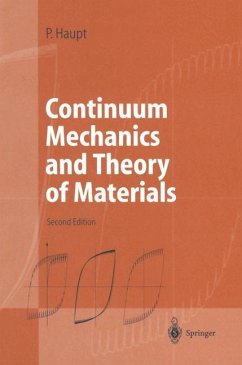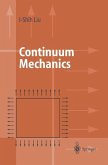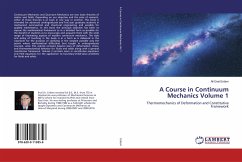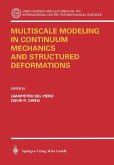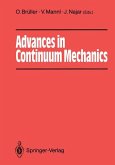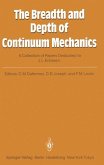This treatise attempts to portray the ideas and general principles of the theory of materials within the framework of phenomenological continuum mechanics. It is a well-written mathematical introduction to classical continuum mechanics and deals with concepts such as elasticity, plasticity, viscoelasticity and viscoplasticity in nonlinear materials. The aim of a general theory of material behaviour is to provide a classified range of possibilities from which a user can select the constitutive model that applies best. The book will be invaluable to graduate students of materials science in engineering and in physics. The new edition includes additional analytical methods in the classical theory of viscoelasticity. This leads to a new theory of finite linear viscoelasticity of incompressible isotropic materials. Anisotropic viscoplasticity is completely reformulated and extended to a general constitutive theory that covers crystal plasticity as a special case.
"The author, a well-known expert in the field, contributed important suggestions on endochronic models, finite viscoelasticity, plasticity, polymer mechanics, and many other topics. He certainly has a broad overview over current problems and issues in material theory. At the same time, Haupt is a talented and experienced teacher, giving clear and comprehensive introductions into such complex theories as plasticity and viscoplasticity, both still far from being well-established textbook knowledge. The outcome is a careful introduction into material theory, and a detailed presentation of numerous different suggestions of some novelty. The book is therefore recommendable not only for students with some background in tensor calculus and continuum mechanics, but also for advanced researchers and engineers in the field, who will surely find fruitful stimulations when reading this rich source of material theory." (Zentralblatt Mathematik, 2000) "In striving toward the encyclopedic, Haupt employs a full arsenal of geometric tools, from curvilinear coordinates to several different strain tensors for both the spatial and material formulations. The emphasis throughout is on the mechanics of solids." (SIAM Review, 44/1, 2002)
From the reviews: "The author, a well-known expert in the field, contributed important suggestions on endochronic models, finite viscoelasticity, plasticity, polymer mechanics, and many other topics. He certainly has a broad overview over current problems and issues in material theory. At the same time, Haupt is a talented and experienced teacher, giving clear and comprehensive introductions into such complex theories as plasticity and viscoplasticity, both still far from being well-established textbook knowledge. The outcome is a careful introduction into material theory, and a detailed presentation of numerous different suggestions of some novelty. The book is therefore recommendable not only for students with some background in tensor calculus and continuum mechanics, but also for advanced researchers and engineers in the field, who will surely find fruitful stimulations when reading this rich source of material theory." (Zentralblatt Mathematik, 2000).

